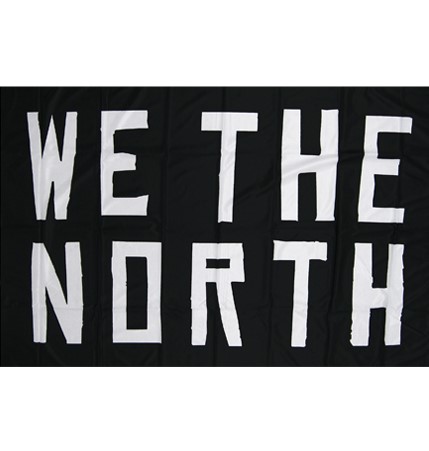
TORONTO – According to speakers like Sean Buckley, Founder & Executive Producer, Buck Productions, print, radio and TV should not be first to mind anymore.
Today's brave new world is about "genuine stories being told in different ways on digital platforms.”
Of course a large part of this social marketing, influencer-branding association, and ad buying shift remains experimental, but what is "new" is that product placement isn't about awkward Coke bottles in talent shows; but about well-scripted stories where the narrative is enhanced because the product is woven in.
"Smart-bombing" (old speak: "niche marketing"), was one term frequently over-heard at NextMedia over its two-day conference in Toronto on Monday and Tuesday.
Over the next five to 10 years, participants echoed that video on all platforms will have to answer the basic question, "What's in it for the viewer? And they'll have to do it within 6-7 seconds to win any kind of meaningful audience.
Indeed, the emerging market challenge for traditional distributors & broadcasters, is not so much cord-cutters, but cord-nevers – the generation which has never been tethered to anything but the internet.
As a result, branding is fast emerging as an exercise in weaving a corporate brand into the fabric of the entertainment environment – and not with billboards, newspapers or even conventional TV – but where people increasingly live and play – that darn internet again.
Take for example the Toronto Raptors' "We The North Campaign" – and remember that the Dinos are owned by MLSE – a joint venture primarily between Rogers and Bell, two of Canada's largest media companies.
In 2011, David Freeman, head of brand marketing at MLSE, had a brainwave. The basketball team's games were poorly attended, morale was sagging, and the team was not winning.
So they decided to create a sports lifestyle brand, positioning Canada's only NBA team as a story about outsiders playing their own style of game. Then, as luck would have it, what followed in 2013 and 2014 was Canadians Anthony Bennett and Andrew Wiggins were the #1 NBA draft picks in their respective years. Canada suddenly mattered in the basketball world.
And then, move over hapless Leafs, the Raptors started winning games. (And thank you GM Masai Ujiri)
When all this was put together, what emerged was an irresistible “webiverse zeitgeist” – all powered by social media.
All of a sudden, Sport Chek got on board with their own corporate "My North" co-branding tale; and both star players & celebrity "influencers" like Justin Bieber were all-over the Twitter world with #wethenorth.
That digital platform campaign then targeted their narrative on eight neighbourhoods in the GTA (e.g. Vaughan, Etobicoke and Scarborough) where basketball was most popular. Again on social media, MLSE ditched any demographic hunt, and went with a psychographic pursuit of fans, lapsed fans, and "proud Canadians".
Not everyone bought in.
Drake, for example who is the Raptors “global ambassador”, at first reacted to being pitched on the concept with "sounds like a bunch of white guys trying to be ghetto".
But you can't argue with the results – and Drake has come around.
TV audience numbers have since soared by 80%; non-Raptor branded merchandise with "We The North" made $2 million in under two years; and then Drake agreed to be an "advisor" for the Toronto NBA All-Star game.
Also ubiquitous at NextMedia is the term "influencers". No, not IOC payola, but social media rock stars for hire.
Jasmeet Singh (Jus Reign), Much Creator, Bell Media, virtually began as a comedic lark in his basement; but has grown into a social media influencer with 10,000-person stadium shows around the world and all that – including corporate brands chasing him for "collaboration" – is thanks to YouTube and, in his view, "the growth of second generation immigrants".
Singh also points to the emergence of Facebook as a player given that, in his view, it is easier to share videos on that platform, which is more community-driven.
Cake-maker, Yolanda Gampp, How To Cake It (Kin Community), is another neat marker.
For 18 years Yolanda made cakes for clients, by herself, in her home kitchen.
Today, and in less than a year, she has her own YouTube channel; 700,000 subscribers; 4 million unique views; and deals with corporations like Yoplait. And you should see her Wild Watermelon and Zombie Brain baking!
Throughout NextMedia are stories about stories, and about the business role of the social media influencers. That influencer collaboration with corporate brands ranging from Tic-Tac to Mountain Dew to NIKE to Fashion Week in NYC, is very much today's reality.
Oh yes, and the takeaway nugget – "consistency".
As Ray Ligaya, Influencer, Viral Nations said, "you've got to be absolutely consistent for style and content, fresh, and never stop posting or you'll die – trust me – I used to work in a parking garage and I ain't goin' back".
Wanna bet he drives a Porsche now?



